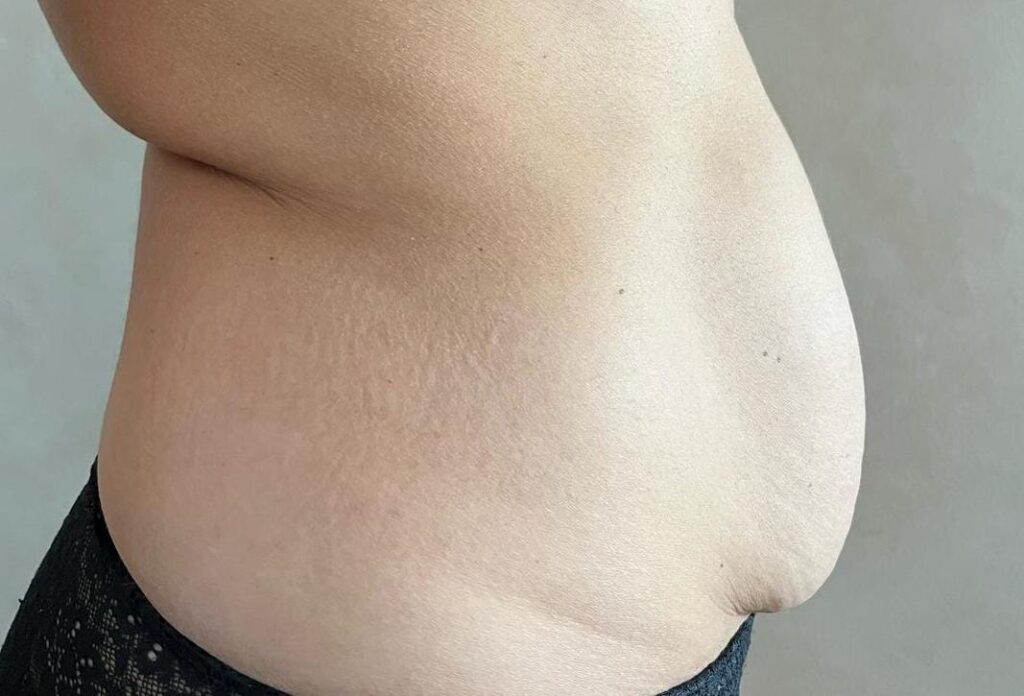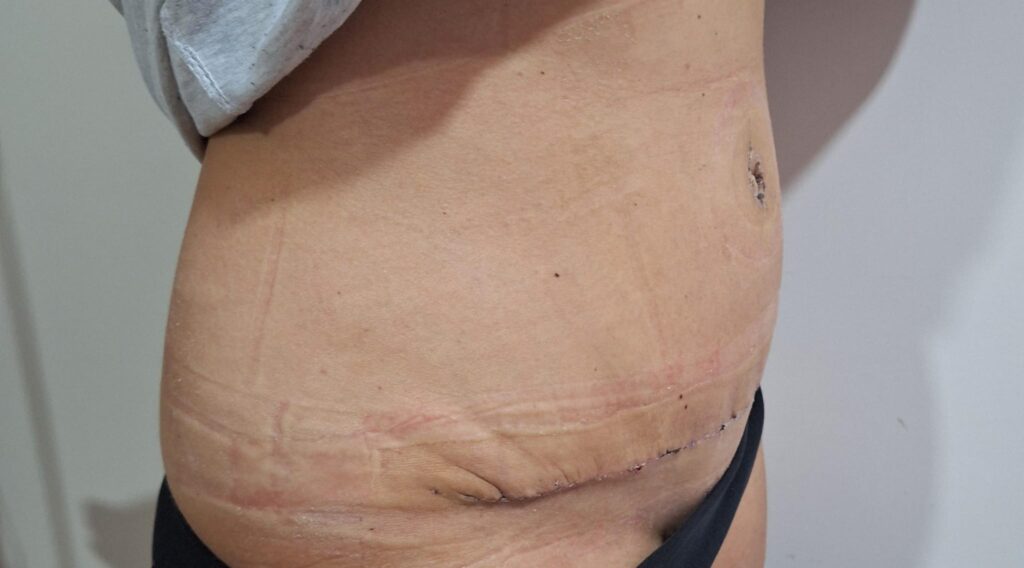Silhouette surgery—also known as body contouring surgery—aims to reshape the body to restore more harmonious and satisfying proportions. This includes a range of advanced procedures designed to correct aesthetic issues or morphological changes caused by significant weight loss, pregnancy, aging, or genetic predisposition. These procedures remove excess skin and fat, tighten lax tissue, and redefine body contours, significantly improving one’s overall appearance. To explore the topic further, we spoke with Prof. Sergio Brongo, Associate Professor of Plastic Surgery at the University of Salerno and Head of the Plastic Surgery Unit at the “Ruggi” University Hospital in Salerno.
By Roberta Imbimbo
Prof. Brongo, what exactly is silhouette surgery and who is it for?
Silhouette—or body contouring—surgery is a branch of plastic surgery focused on reshaping the body, correcting altered proportions and volumes due to factors such as significant weight loss, aging, pregnancy, or genetic predisposition. It includes innovative procedures like liposuction, liposculpture, abdominoplasty, arm and thigh lifts, torsoplasty, and in some cases, breast augmentation or reduction when the chest is part of the overall contouring plan. It’s suitable for both men and women with localized fat deposits or skin laxity that cannot be resolved with diet and exercise, or for those who’ve experienced massive weight loss, such as after bariatric surgery. In these cases, excess skin isn’t just an aesthetic concern—it can significantly affect quality of life.
People often think these procedures are for weight loss. Is that true?
That’s a common misconception. Silhouette surgery is not intended for weight loss, but rather for reshaping the body. It’s performed once the patient has reached a stable weight but still struggles with disproportion or excess skin. The goal is to restore harmony to the figure and firm sagging areas, while minimizing visible scarring—virtually invisible in liposuction and well-hidden in natural folds for procedures like tummy tucks or lifts.
When are these surgeries especially recommended?
They’re particularly indicated after significant weight loss, like that following bariatric surgery, which can result in the loss of 70–90 kg within 6–12 months. In such cases, the skin loses its elasticity and can’t retract, leaving behind unsightly, excess tissue. This becomes not only an aesthetic concern, but also a functional one. That’s why, in selected cases, these procedures are covered by the Italian National Health Service (SSN), as they’re part of a functional recovery plan.


How does life change after such major weight loss?
Weight loss achieved through bariatric surgery brings major benefits—not just physical transformation, but also a significant improvement in overall health. It drastically reduces the risk of chronic illnesses like diabetes, hypertension, sleep apnea, and heart failure. Joint function, respiratory capacity, and metabolism also improve. A lesser-known but vital fact: someone carrying 80 kg of excess weight may lose 10–15 years of life expectancy. Losing that weight means gaining health, independence, and years of life. However, the aesthetic outcomes are not always satisfying, and reconstructive surgery helps complete the transformation. In these cases, it’s no longer just an aesthetic procedure—it’s a medical treatment that restores dignity, functionality, and overall well-being.
Are these procedures dangerous? There’s a lot of fear, especially around liposuction.
Absolutely not, but it’s important to be clear. All surgeries carry minimal risks, which is normal. But these are not dangerous when performed by qualified professionals in safe clinical environments, after a thorough preoperative assessment. Liposuction, in particular, is one of the most unfairly criticized procedures, often due to misinformation or poorly performed operations in unsuitable facilities. When done properly, it’s not dangerous at all. The key is the surgeon’s expertise, thorough health evaluations, and skilled anesthesiology. It’s a procedure that demands specific skills and multidisciplinary care, but it’s no riskier than other standard surgeries when performed correctly. The message is clear: don’t fear the procedure—just choose the right hands. Silhouette surgery, including liposuction, is safe, effective, and can significantly improve a patient’s quality of life—not just aesthetically, but also functionally and psychologically.






















































